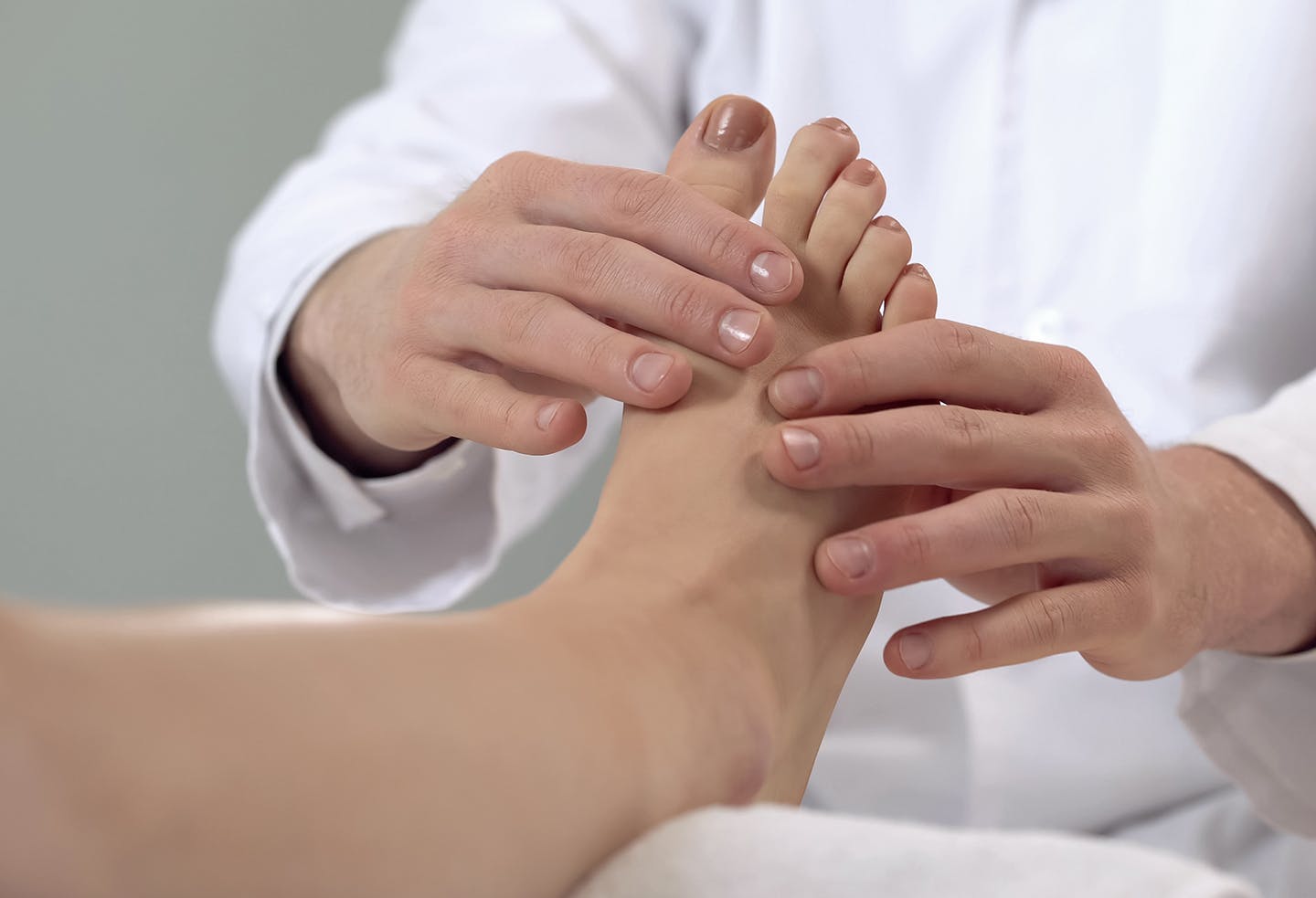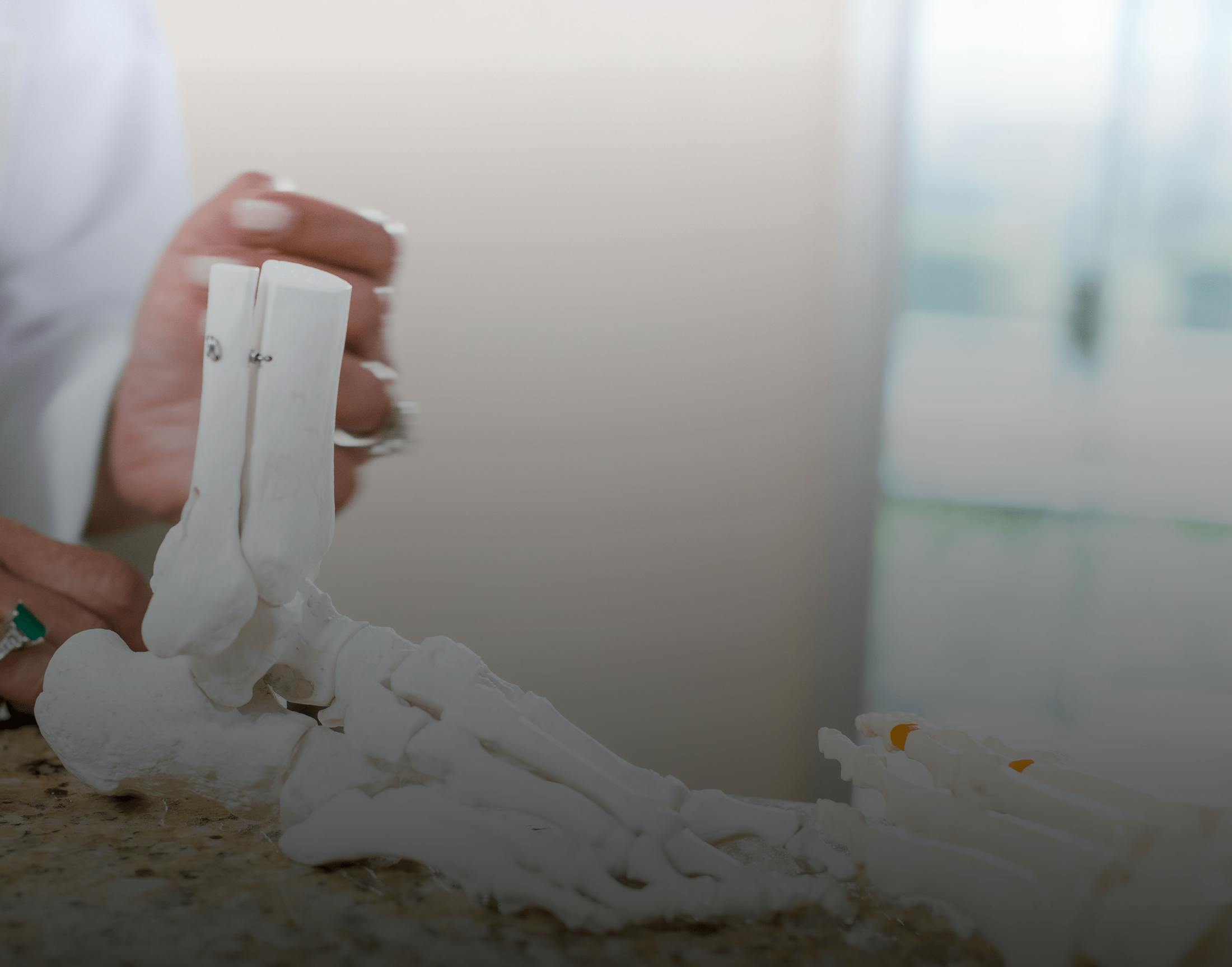A plantar fibroma is a benign growth that occurs on the bottom of the foot. You can have one on just one foot, or on both feet. If the growth is very small, you may not even notice it. It’s only when it grows larger that you may feel pain.
What Causes a Plantar Fibroma?
There is no exact pinpointed cause that leads to the development of a plantar fibroma — and since there’s no known cause, it is not possible to prevent them from occurring. A plantar fibroma is always non-cancerous. However, your doctor may decide to do a biopsy on it just to be on the safe side.









